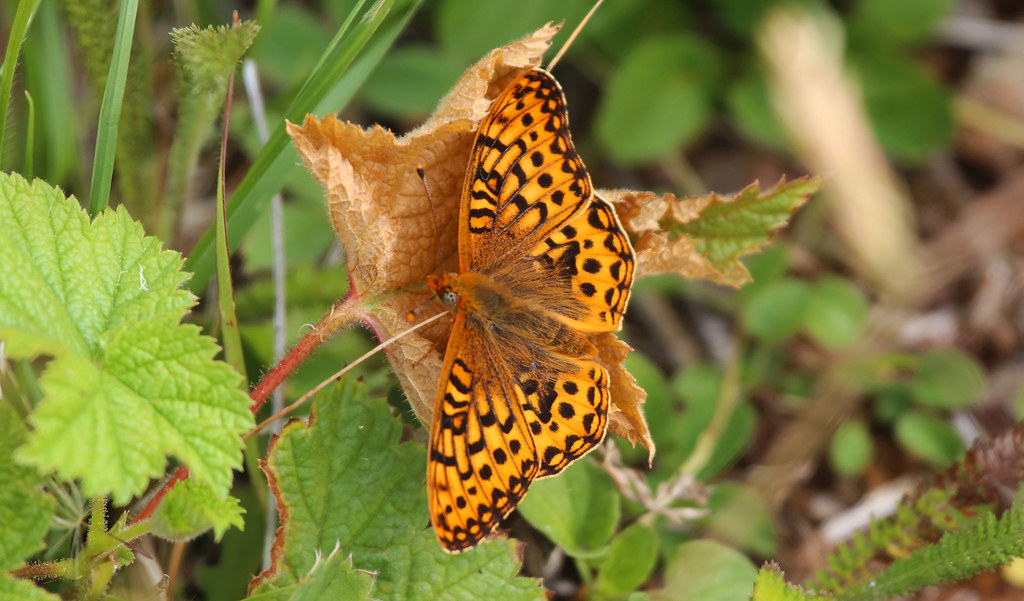The Oregon silverspot butterfly (Speyeria zerene hippolyta) represents one of the Pacific Northwest’s most captivating and endangered pollinators. This delicate creature, with wings that shimmer like burnished silver in the sunlight, once flourished along the coastal prairies from northern California to Washington state. Today, this federally threatened butterfly stands as both a symbol of the region’s unique biodiversity and a stark reminder of habitat loss. As specialized inhabitants of coastal grassland ecosystems, these butterflies tell a complex story of ecological interdependence, conservation challenges, and human efforts to preserve natural heritage. Their journey from abundance to near-extinction reflects broader patterns of environmental change along the Pacific coast, making them not just beautiful insects but important indicators of ecosystem health.
A Butterfly’s Precarious Status

The Oregon silverspot butterfly has been listed as a threatened species under the U.S. Endangered Species Act since 1980, marking over four decades of conservation concern. Current estimates suggest fewer than five viable populations remain across its entire historical range, with some containing just hundreds of individuals during peak season. This drastic decline represents a loss of approximately 99% of their original population size, making them one of the most imperiled butterflies in North America. The species’ precarious status has triggered intensive conservation efforts involving multiple federal agencies, state wildlife departments, zoos, and nonprofit organizations working collaboratively to prevent extinction. Each remaining population faces unique challenges, from habitat fragmentation to invasive species, requiring tailored conservation approaches across different sites.
Physical Characteristics and Identification
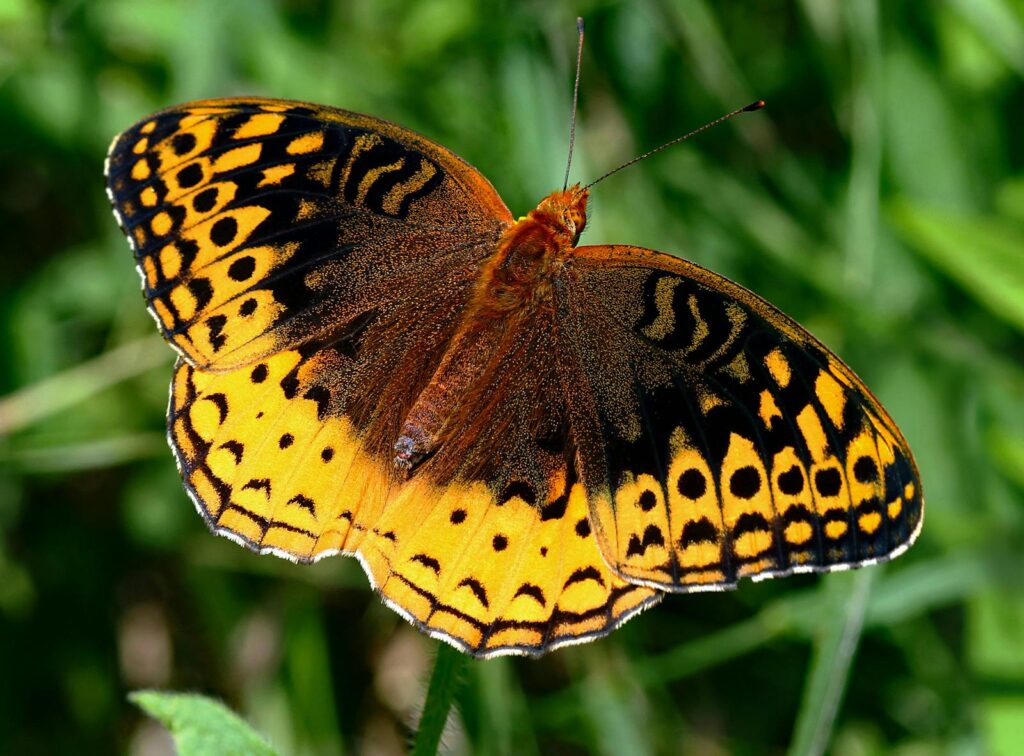
The Oregon silverspot displays distinctive coloration and patterning that separates it from other related fritillary butterflies. Its wingspan typically measures between 2 to 2.5 inches, with upper wing surfaces showcasing a rich orange-brown color punctuated by dark black spots and bars arranged in characteristic patterns. The butterfly earns its name from the silvery-white spots that adorn the undersides of its hindwings, creating a striking metallic appearance when viewed from below. Males tend to be slightly smaller than females and display more vibrant coloration, while females appear somewhat paler but larger in overall size. Expert lepidopterists note subtle differences in spot patterns and wing shape that distinguish this subspecies from other closely related fritillaries, though genetic testing has become increasingly important for definitive identification in conservation work.
Life Cycle and Reproduction
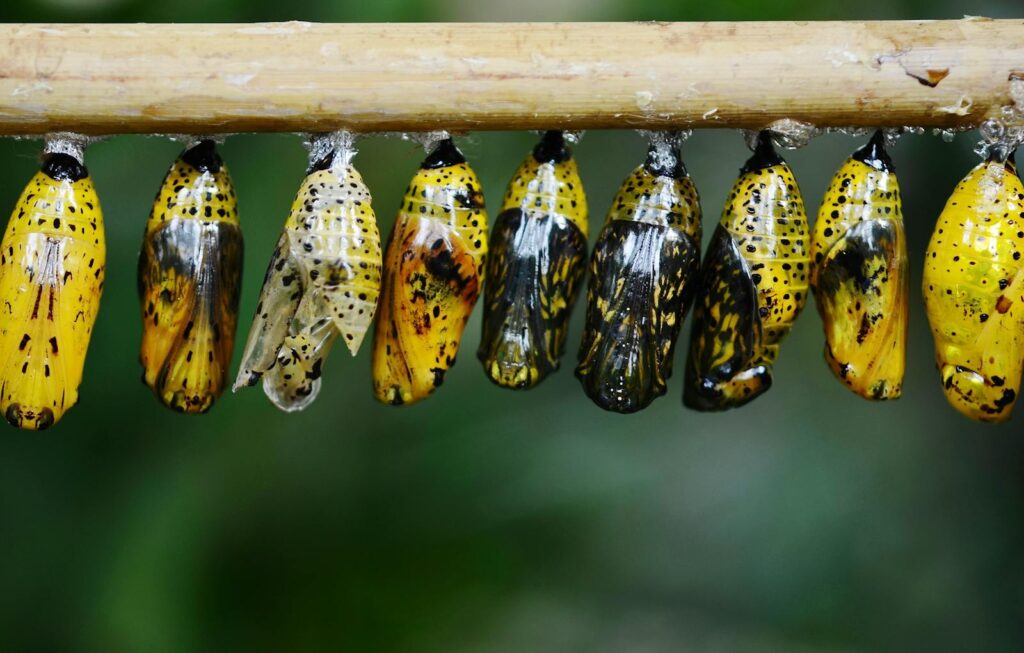
The Oregon silverspot follows the four-stage metamorphosis typical of butterflies, though with timing specifically adapted to coastal prairie conditions. Adult females lay their eggs in late summer and early fall on or near early blue violets (Viola adunca), the sole host plant for their caterpillars. After hatching, the tiny first-instar larvae typically feed briefly before entering diapause (a state of dormancy) throughout winter, sheltering in leaf litter at the base of violets. When spring arrives, these caterpillars resume feeding exclusively on violet leaves, growing through five additional instar stages before forming chrysalides in early summer. The pupation period lasts approximately two weeks before adults emerge between July and September, with peak flight time in August when males and females engage in complex courtship behaviors. This single annual generation (univoltine) life cycle makes the species particularly vulnerable to disruptions, as any single catastrophic event can affect an entire year’s reproductive success.
Coastal Prairie Habitat Requirements
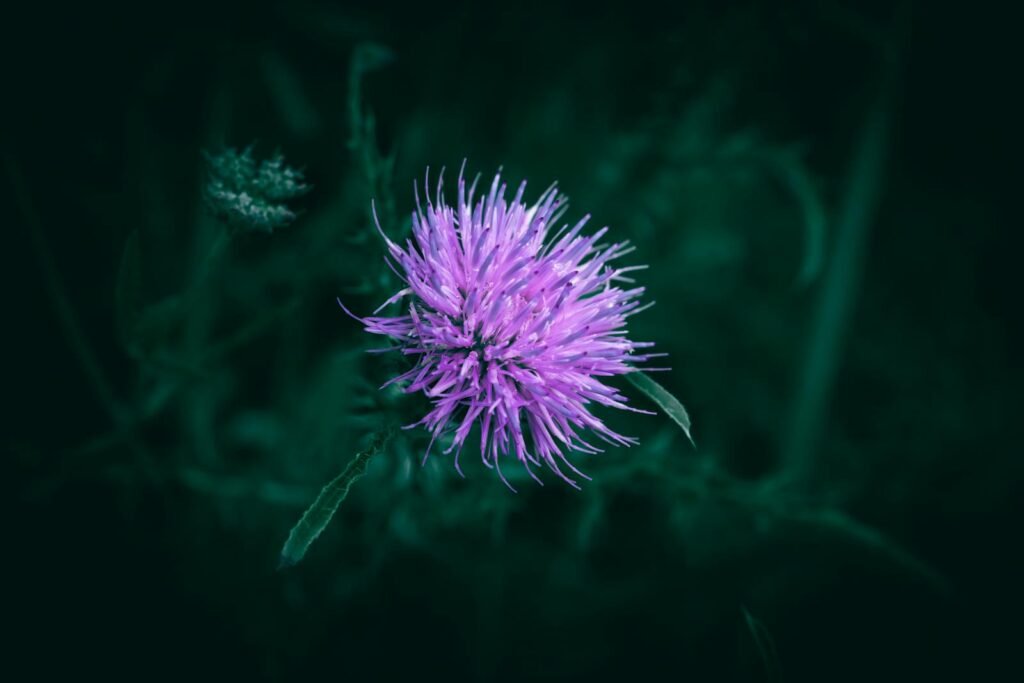
Oregon silverspot butterflies depend on a highly specific habitat type known as coastal prairie or coastal grassland, characterized by open, windswept terrain within sight of the Pacific Ocean. These habitats typically occur within 5 miles of the coastline where marine fog provides crucial moisture during dry summer months and moderates temperature extremes. The early blue violet serves as the essential larval host plant, while adults require specific nectar sources including native plants such as yarrow, Oregon sunshine, goldenrod, and thistle species that bloom during their flight period. Ideal habitat contains a mosaic of open areas for basking and sheltered spots that provide windbreaks during coastal storms and protection from predators. The butterflies thrive in landscapes with slight topographical variation creating microclimates, from south-facing slopes where adults can warm themselves to sheltered depressions where violets grow abundantly in slightly moister conditions.
Geographic Distribution Past and Present

Historically, the Oregon silverspot butterfly could be found in suitable coastal prairie habitats from northern California through Oregon and into Washington state, with approximately 20 distinct population centers documented by early naturalists. Today, their range has contracted dramatically, with remaining populations limited to a handful of sites: Mount Hebo and Cascade Head in Oregon, the Clatsop Plains near the Oregon-Washington border, and small populations in Del Norte County, California. Several historical populations, including those on Washington’s Long Beach Peninsula and Oregon’s Tillamook Head, have been extirpated entirely in recent decades despite previous conservation efforts. The fragmented nature of current populations creates genetic isolation concerns, as the butterflies rarely travel more than a few miles from their natal habitat, limiting natural gene flow between remaining groups. Each isolated population now represents an irreplaceable genetic repository of adaptations to local conditions, making their protection all the more crucial.
The Violet Connection: A Critical Relationship
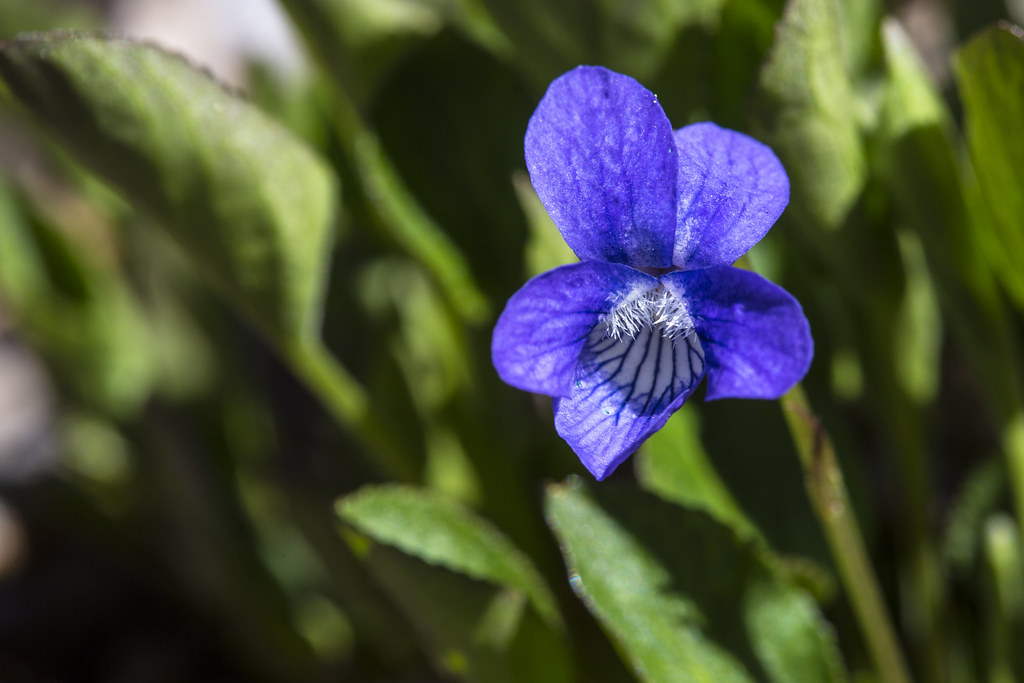
The relationship between the Oregon silverspot butterfly and the early blue violet (Viola adunca) represents one of the most specialized plant-insect relationships in Pacific Northwest ecosystems. This native violet serves as the sole host plant for the butterfly’s larvae, providing both essential nutrition and chemical compounds that the caterpillars sequester for their own defense against predators. The violet’s growth patterns directly influence butterfly reproduction, as females carefully select egg-laying sites based on violet density, sun exposure, and proximity to adult nectar sources. Research has shown that silverspot caterpillars can consume dozens of violet leaves during their development, making adequate violet populations absolutely essential for butterfly survival. Conservation efforts have revealed that violets themselves have specific habitat requirements, including well-drained soils, moderate sunlight, and limited competition from taller vegetation, creating a complex management challenge where both plant and butterfly needs must be addressed simultaneously.
Primary Threats to Survival

Habitat loss represents the most significant threat to Oregon silverspot butterflies, with over 99% of coastal prairie habitat altered or destroyed since European settlement began. Residential development, particularly in scenic coastal areas, has directly eliminated critical butterfly habitat through construction and landscaping with non-native plants. Agricultural conversion has transformed former prairies into cranberry bogs, pastures, and other cultivated lands unsuitable for the specialized butterfly. Perhaps most insidious is ecological succession and the encroachment of non-native plants, as invasive European beach grass, Scotch broom, and gorse outcompete native prairie vegetation including the essential violet host plant. Climate change poses an emerging threat, with shifting precipitation patterns, increasing summer drought stress, and sea level rise potentially affecting the narrow coastal zone where these butterflies can survive. Additional pressures include recreational impacts from hikers and off-road vehicles, pesticide drift from nearby agricultural operations, and potential genetic bottlenecks resulting from small, isolated populations.
Captive Rearing and Reintroduction Efforts
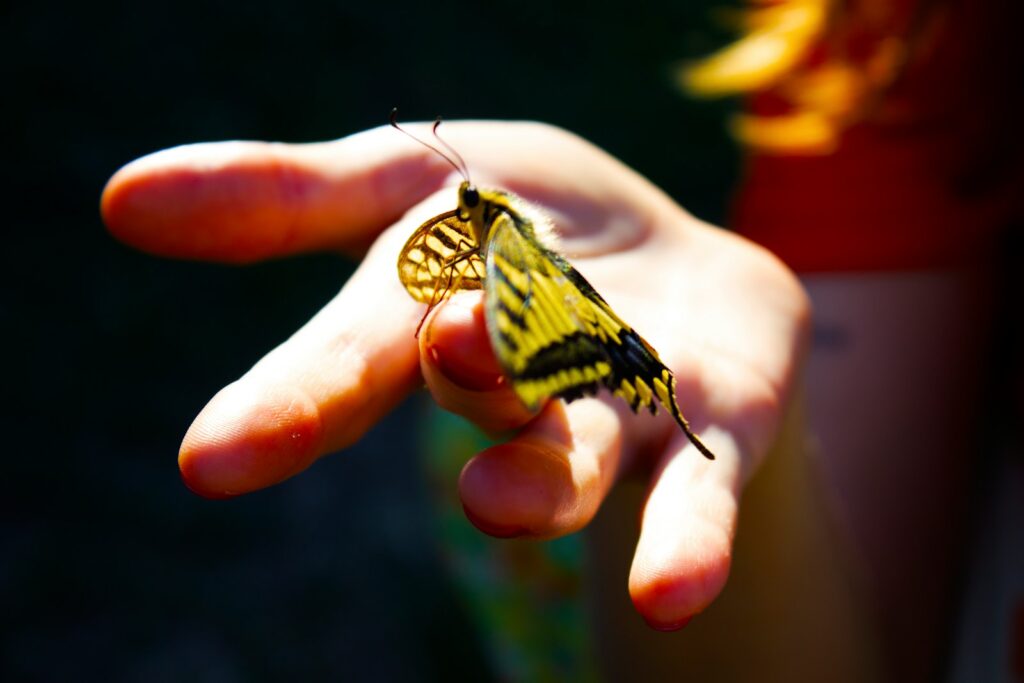
Innovative captive breeding programs have become central to Oregon silverspot recovery, with several institutions including the Oregon Zoo and Woodland Park Zoo conducting carefully managed propagation efforts. These programs collect a small percentage of wild female butterflies, which lay eggs in controlled settings before being returned to their collection sites, minimizing impact on wild populations while maximizing reproductive output. The resulting caterpillars are raised in specialized facilities that simulate natural conditions, including diapause periods, to maintain wild behaviors and genetic diversity. Each year, thousands of captive-reared caterpillars and pupae are released at selected restoration sites, boosting wild populations and helping establish new colonies in historically occupied areas. Genetic management has become increasingly sophisticated, with careful tracking of lineages to prevent inbreeding and maintain adaptations to local conditions. Scientists have documented encouraging success with these reintroduction efforts, though they recognize that captive rearing alone cannot save the species without concurrent habitat protection and restoration.
Habitat Restoration Techniques

Successful habitat restoration for Oregon silverspot butterflies requires multiple techniques applied with meticulous attention to the species’ specific requirements. Invasive plant removal forms the foundation of restoration work, often involving careful herbicide application, manual pulling, and mechanical methods to eliminate non-native species without harming sensitive native plants. Prescribed burning has proven particularly effective in maintaining coastal prairie conditions, mimicking natural fire regimes that historically prevented forest encroachment while stimulating native plant growth, including the early blue violet. Native plant propagation has evolved into a specialized practice, with conservationists collecting local ecotype seeds and growing thousands of violet plugs and nectar plants in greenhouses before outplanting them in restoration sites. Landscape-scale planning incorporates considerations such as topography, wind patterns, and soil conditions to create habitat mosaics that provide all necessary butterfly resources within close proximity. Monitoring programs track vegetation changes and butterfly responses, allowing for adaptive management approaches that can be adjusted based on observed outcomes rather than rigid prescriptions.
Conservation Partners and Management Plans

The recovery of the Oregon silverspot butterfly represents a model of collaborative conservation involving numerous agencies and organizations working in concert. The U.S. Fish and Wildlife Service serves as the lead federal agency, coordinating recovery efforts through a detailed recovery plan that outlines specific population targets and habitat management recommendations. The U.S. Forest Service manages several key butterfly habitats, including Mount Hebo, implementing specialized silviculture practices that maintain forest openings and prairie conditions. The Nature Conservancy protects critical habitat at Cascade Head Preserve, while state agencies in Oregon, Washington, and California contribute expertise and resources to monitoring and management. Zoo partners including the Oregon Zoo, Woodland Park Zoo, and others provide essential captive propagation services that have prevented extinction. Tribal nations, particularly the Confederated Tribes of Siletz Indians, contribute traditional ecological knowledge about historical prairie management practices that benefit the butterfly. This diverse partnership approach has proven essential in addressing complex, cross-boundary conservation challenges that no single entity could tackle alone.
Cultural Significance and Public Awareness

Beyond its ecological importance, the Oregon silverspot butterfly has acquired cultural significance as an emblem of the Pacific Northwest’s natural heritage and conservation ethic. Indigenous peoples of the region, including Tillamook, Siletz, and other coastal tribes, incorporated butterflies into their traditional stories and art, recognizing their role in healthy prairie ecosystems that provided important plant resources. Today, the silverspot serves as an educational ambassador, with interpretive programs at sites like Cascade Head and Mount Hebo introducing visitors to coastal prairie ecology and conservation challenges. Public engagement initiatives have included citizen science monitoring programs where volunteers assist in butterfly counts and habitat assessments, creating personal connections to conservation efforts. The butterfly’s image appears on educational materials, regional wildlife guides, and even local artwork, helping transform an obscure insect into a recognizable symbol of regional biodiversity. Conservation organizations have found that highlighting the silverspot’s story helps communicate broader messages about habitat protection and ecosystem health in ways that resonate with diverse audiences.
Success Stories and Recovery Milestones
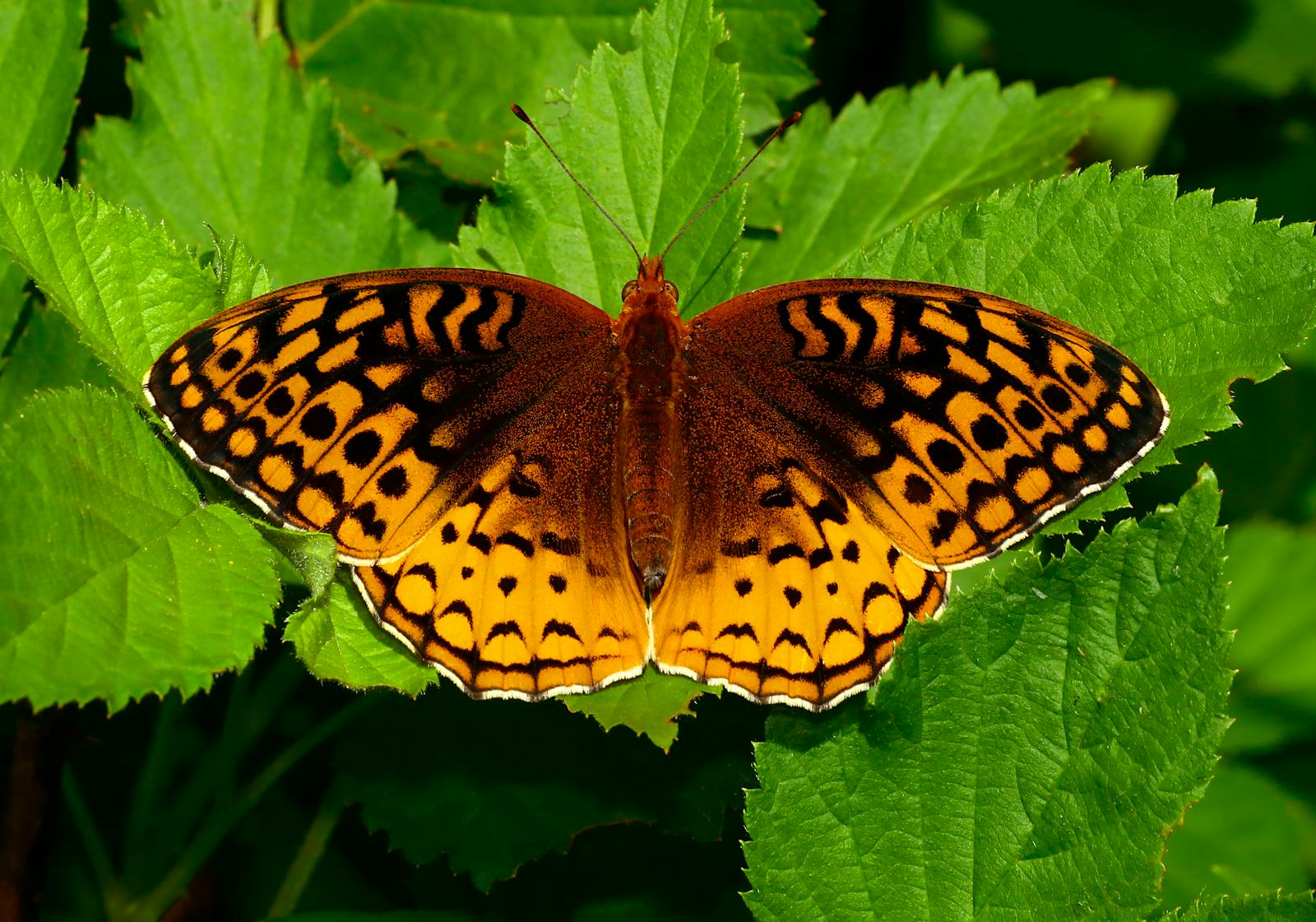
Despite ongoing challenges, several meaningful conservation successes offer hope for the Oregon silverspot’s future. The Mount Hebo population has shown remarkable resilience following intensive habitat restoration efforts, with butterfly numbers increasing from fewer than 200 individuals in the 1990s to over 2,000 in recent peak years. At Cascade Head, innovative partnerships between The Nature Conservancy, the U.S. Forest Service, and local landowners have protected a critical habitat corridor connecting upland prairies to coastal headlands, creating one of the most viable remaining butterfly populations. Captive rearing programs have successfully released over 20,000 butterflies since their inception, preventing the extinction of several populations during periods of habitat transition. Genetic analysis has confirmed that these reintroduced butterflies are successfully reproducing in the wild, maintaining genetic diversity despite small population sizes. Perhaps most encouragingly, several experimental reintroduction sites show promise for establishing new populations, potentially expanding the butterfly’s range back into historically occupied areas and reducing the risk that a single catastrophic event could eliminate the subspecies entirely.
Future Outlook and Conservation Challenges
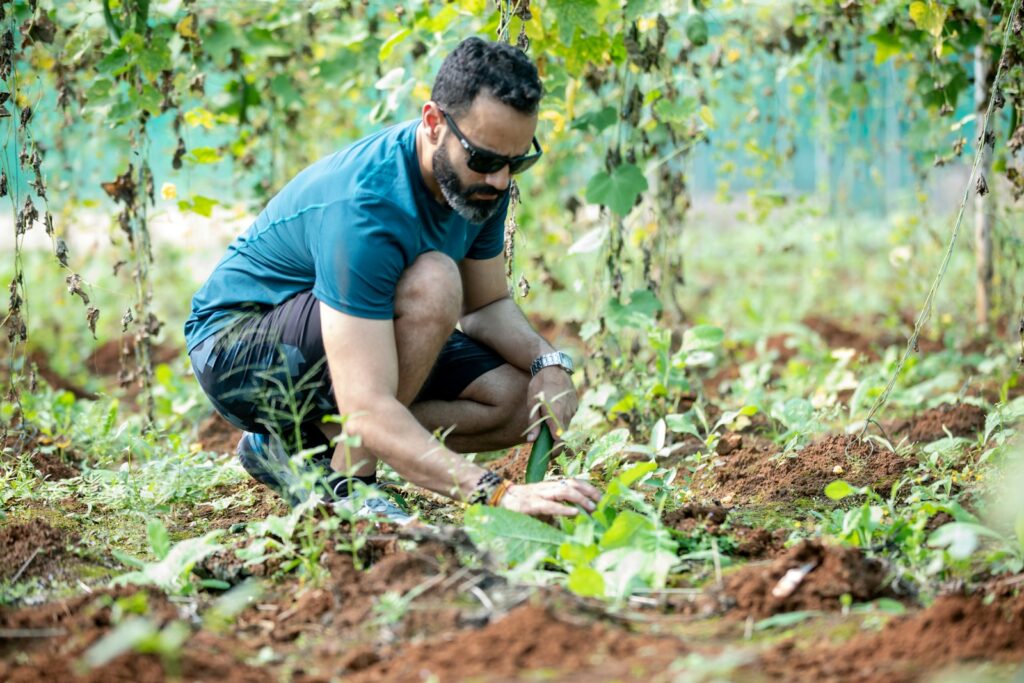
The future of the Oregon silverspot butterfly remains uncertain, balanced between intensive conservation interventions and persistent threats to its specialized habitat. Climate change projections suggest particular vulnerability, as coastal prairies may experience altered precipitation patterns, more frequent drought, and potential sea level impacts on low-elevation sites. Invasive species continue to present management challenges, requiring ongoing control efforts that strain conservation budgets and resources. The butterfly’s recovery faces additional complications from increasing recreational pressure on coastal areas, as population growth and tourism bring more human activity to sensitive habitats. Nonetheless, improving scientific understanding of the butterfly’s needs, innovative restoration techniques, and growing public support for conservation provide reasons for cautious optimism. Recovery goals established by federal agencies aim for at least 10 self-sustaining populations distributed across the historical range, a target that would represent a significant improvement from current conditions but remains ambitious given habitat limitations. Conservation professionals acknowledge that maintaining this butterfly subspecies will require permanent commitment to active management, representing a new paradigm of conservation where human intervention becomes an essential component of ecosystem function rather than a temporary measure.
Conclusion
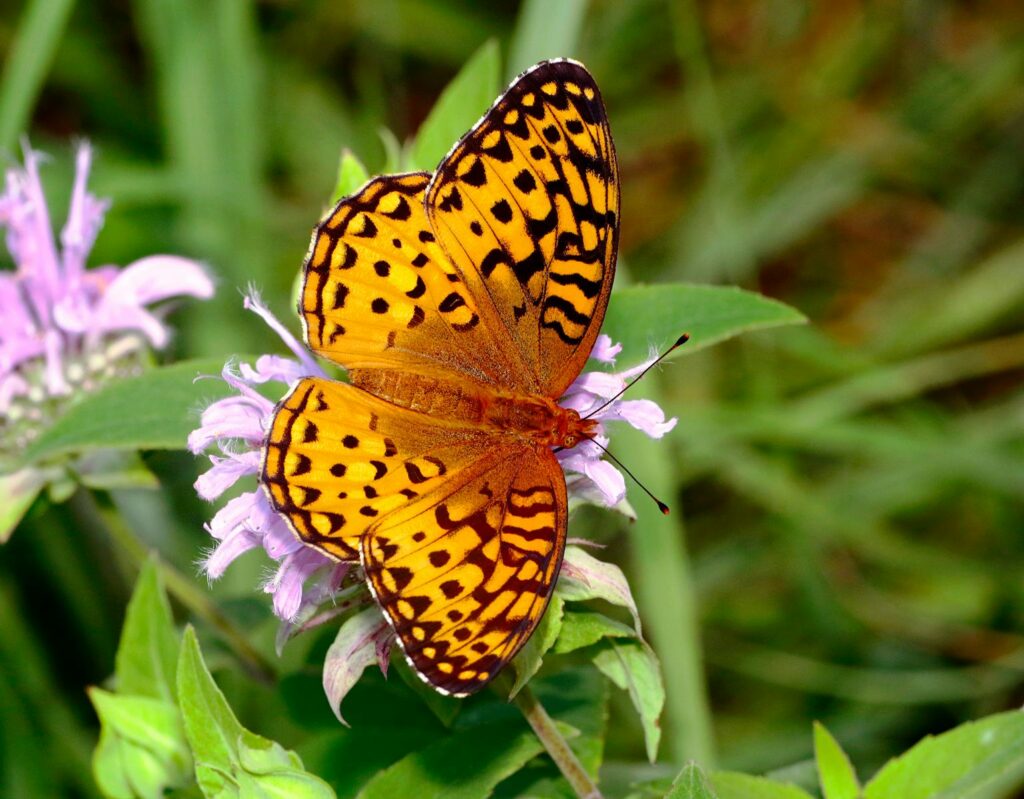
The Oregon silverspot butterfly exemplifies both the vulnerability and resilience of specialized native species in rapidly changing landscapes. From near extinction to tentative recovery, its story illustrates the complex challenges of modern conservation and the extraordinary efforts required to preserve biodiversity in human-dominated environments. While its future remains uncertain, the collaborative work to protect this iridescent prairie jewel has already yielded valuable insights about habitat restoration, captive breeding, and ecosystem management that benefit countless other species. The butterfly’s continued presence along the fog-shrouded coastal headlands of the Pacific Northwest stands as living proof that dedicated conservation action can make a difference, even for species on the brink. As we look to the future, the Oregon silverspot butterfly reminds us that preserving the intricate relationships between plants, animals, and landscapes requires both scientific understanding and a deeply felt commitment to stewarding the natural heritage that makes our world so remarkable.

